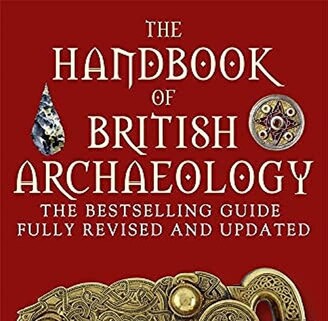The recent discovery of more than 600 red ochre fragments at a 6,500-year-old ceremonial site near Carlisle, northwestern England, supports an ancient Greek explorer’s account from the 4th century BC in which Britons are referred to as “the painted people.”
Pytheas of Massalia, an explorer from the Greek colony that is modern-day Marseille in southern France, was quoted by later geographers to have spoken of Great Britain as Prettanike, a term derived from the Celtic word Pretani, meaning “the [land of the] painted ones” or “the tattooed folk.”
Julius Caesar, writing in the mid-1st century BC, also mentioned that the inhabitants of Britain had a tradition of painting themselves.
The Carlisle red ochre discovery—the largest find of red ochre pieces found yet in the UK—not only complements the linguistic evidence on ancient Britons’ tradition of body painting but also suggests a long-held gathering or festival which featured body painting rituals, according to The Indepenent.
A number of stones that would have been used to grind ochre deposits into powder were also found along hundreds of thousands of fragments of flint.
Additional findings support the idea that the people that gathered at the Stone Age site in Carlisle, most probably during the salmon-fishing season in spring, originated from across Britain.
…
Pytheas of Massalia was the first-ever Mediterranean to reach and explore Great Britain and the Arctic Circle.
He is believed to have traveled as far as Iceland, becoming the first person on record to describe the midnight sun and the first known scientific visitor to see and describe the Celtic and Germanic tribes.

